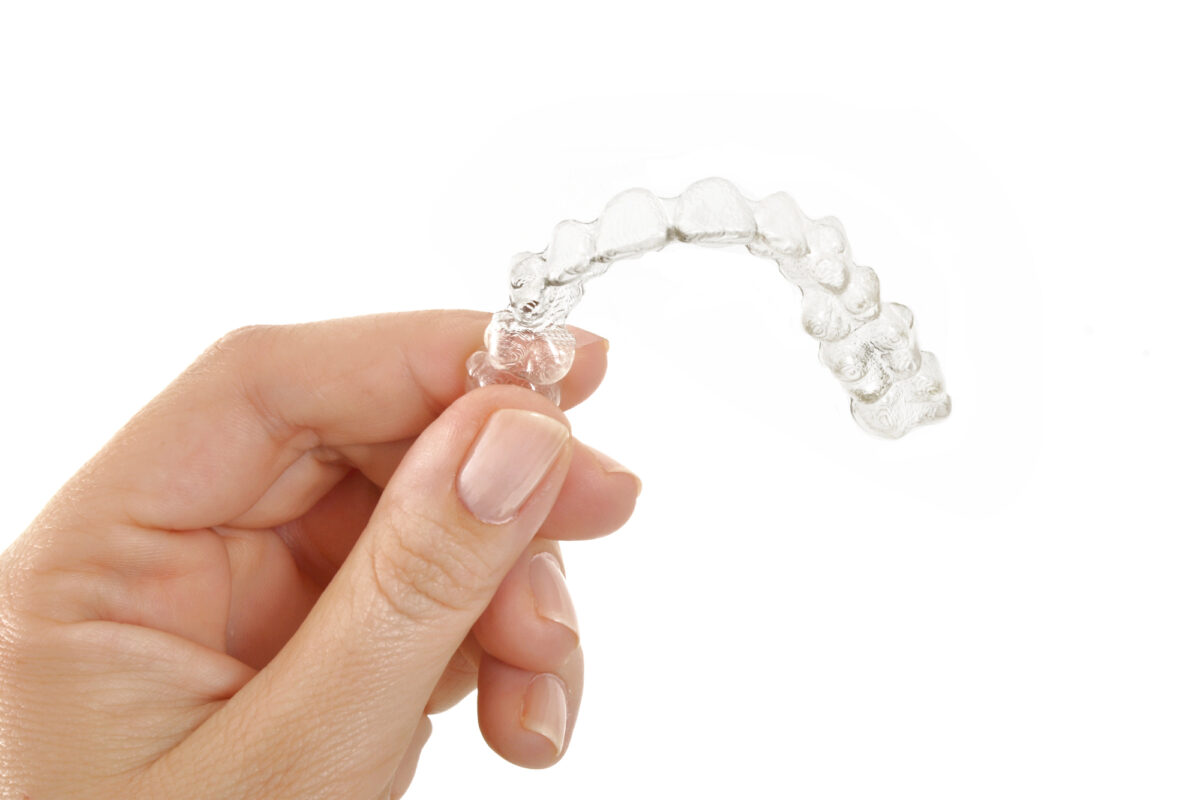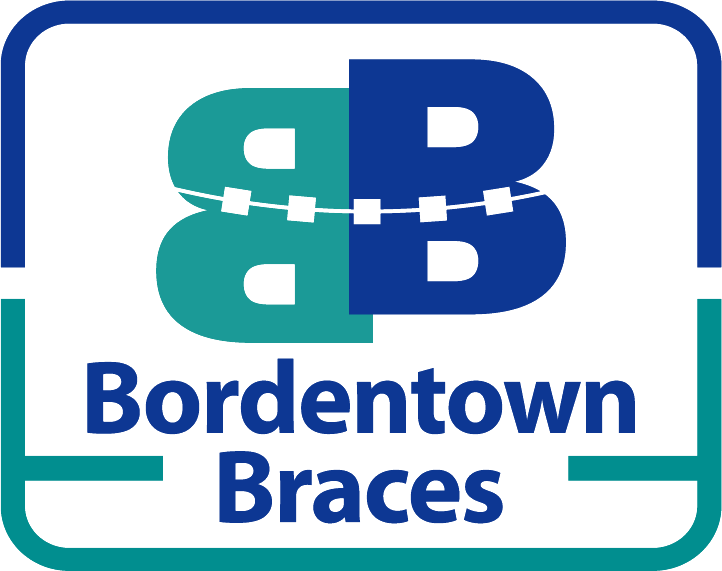
How Effective is Invisalign First? A Parent’s Perspective
Embarking on the journey of orthodontic care is a significant step for any parent eager to ensure their child’s health and happiness. In the realm of options for straightening teeth, ‘Invisalign First‘ has emerged as a contemporary method that stands out, particularly for its innovative approach tailored to young patients. This 1000-word article will delve into the effectiveness of Invisalign First from a parent’s perspective, exploring its advantages, and comparing ‘nvisalign vs braces.
A Parent’s Guide to Invisalign First: Embracing Modern Orthodontics
When the goal is straight teeth for our children, the path isn’t always clear-cut. In recent years, Invisalign First has become a beacon for parents seeking less intrusive orthodontic care for their young ones. But how effective is it really?
Understanding Invisalign First
Invisalign First is designed specifically for children who are in the phase of losing baby teeth and growing permanent ones. It is an interceptive treatment, which means it’s aimed at tackling orthodontic issues early on. This proactive approach can often simplify or shorten treatment later in life.
As parents, the prospect of starting orthodontic care early might raise concerns about effectiveness and comfort. ‘Invisalign First’ addresses these concerns by providing a removable and virtually invisible solution that guides the growth of a child’s jaw and the development of their teeth.
The Effectiveness of Invisalign First
Measuring the effectiveness of Invisalign First requires looking at various aspects of orthodontic care:
Customization: Invisalign aligners are custom-made to fit snugly over your child’s teeth, making the experience as comfortable as possible. The aligners gently and gradually move teeth into their desired positions, accounting for the unique dental anatomy of each child.
Adaptability: Children’s mouths grow rapidly, and is adept at adapting to these changes. The system can accommodate new teeth and the natural arch development of a child’s mouth, all while correcting malocclusion issues.
Hygiene: Oral hygiene is paramount, especially for children. The removable nature of Invisalign allows for better dental hygiene compared to traditional braces. Kids can brush and floss without the obstruction of wires and brackets, leading to healthier outcomes.
Comfort: The smooth plastic of ‘Invisalign First’ aligners eliminates the discomfort of the metal fixtures in traditional braces. This can be a significant advantage when persuading children to commit to their orthodontic treatment.
Aesthetics: Many children are self-conscious about their appearance, and the near-invisibility of Invisalign First aligners offers an aesthetic advantage that can boost a child’s confidence.
Invisalign vs Braces: A Parental Concern
As we consider Invisalign vs braces, one of the critical concerns of us parents is effectiveness. Traditional braces have been the gold standard for decades, but Invisalign First is proving to be a formidable alternative, especially when the treatment starts at an early age. The key to its effectiveness lies in the consistent wear of the aligners for the recommended 20-22 hours per day. Unlike braces, which are fixed, Invisalign relies on a child’s and the parents’ commitment to keep the aligners in place.
Parental Involvement in Invisalign First
The journey to straight teeth with Invisalign is a partnership between the orthodontist, the child, and importantly, the parent. As a parent, our role is instrumental. It involves ensuring that your child wears their aligners as prescribed, attends follow-up appointments, and maintains good oral hygiene. This consistent parental involvement is pivotal in maximizing the treatment’s effectiveness. It requires dedication, but the ease of managing Invisaligncompared to traditional braces can make this a less burdensome task.
Monitoring Progress with Invisalign
One of the aspects of Invisalign that parents appreciate is the ability to monitor treatment progress. With regular updates from the orthodontist and the opportunity to see incremental improvements, it can be incredibly gratifying to watch your child’s smile transform before your eyes. This visibility into the treatment process is something traditional braces cannot offer as effectively.
The Long-Term Impact of Early Orthodontic Care
Invisalign First isn’t just about immediate results; it’s about setting the stage for lifelong oral health. By addressing orthodontic issues early, Invisalign can often reduce the need for more extensive orthodontic care later. This preemptive approach can lead to significant savings in time and financial resources, and parents can feel confident they are investing in their child’s future well-being.
Emotional Considerations: Confidence and Comfort
The emotional well-being of a child undergoing orthodontic treatment is as crucial as the physical outcomes. Invisalign First is gentle on young mouths, and its discreet nature can spare children from potential self-esteem issues associated with more noticeable braces. Knowing their aligners are virtually invisible can make children feel more confident in social situations, leading to a more positive overall experience with orthodontic care.
Invisalign First vs Traditional Braces: The Final Verdict
When weighing Invisalign vs braces, it’s essential to consider the individual needs of your child. However, the benefits of Invisalign First—from its adaptability to its aesthetic appeal—often present a compelling case. While braces are still an effective method of achieving straight teeth, Invisalign provides a modern alternative that aligns with the lifestyle and comfort of children and the expectations of parents.
Conclusion: Embracing the Future of Orthodontic Care
Invisalign represents a significant advancement in orthodontic care, providing an effective, comfortable, and aesthetically pleasing option for straightening children’s teeth. As a parent, knowing that your child is receiving state-of-the-art care that fits seamlessly into their daily life—and with less stigma and hassle than traditional braces—can be incredibly reassuring.
While no treatment can be universally declared the best for every child, Invisalign First offers a promising option worth considering. It holds the potential to transform orthodontic experiences into positive ones, setting children up for a lifetime of healthy, beautiful smiles. It’s a modern solution that aligns with the needs of today’s families—worth exploring for any parent dedicated to providing the best for their child’s orthodontic care.
By taking an active role, partnering with a qualified orthodontist, and considering all available options, you can make an informed decision on whether Invisalign First is the right step for your family. With the right approach, the journey to straight teeth can be an empowering experience for both you and your child.
